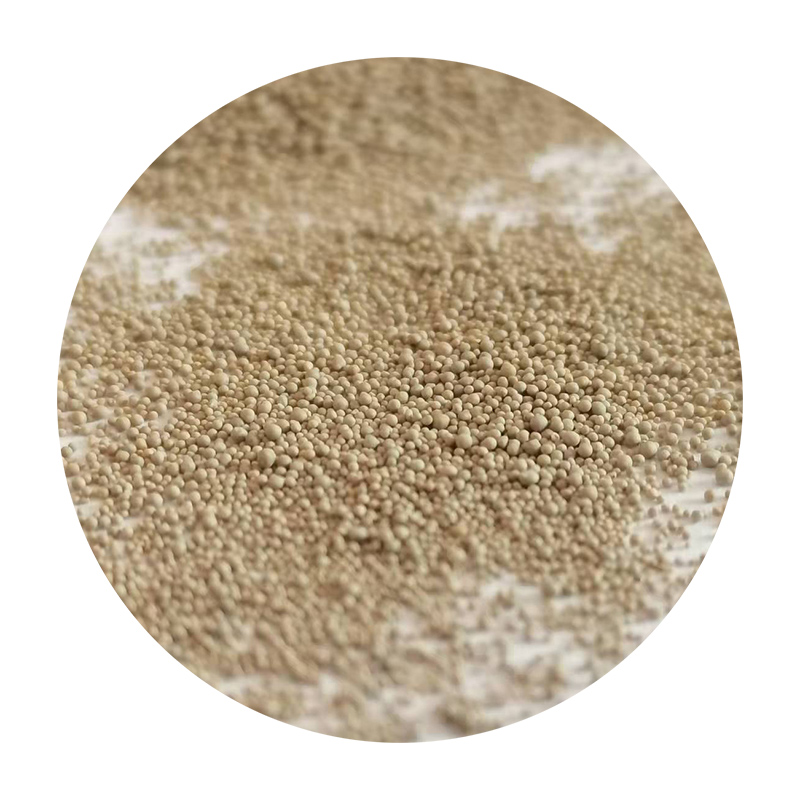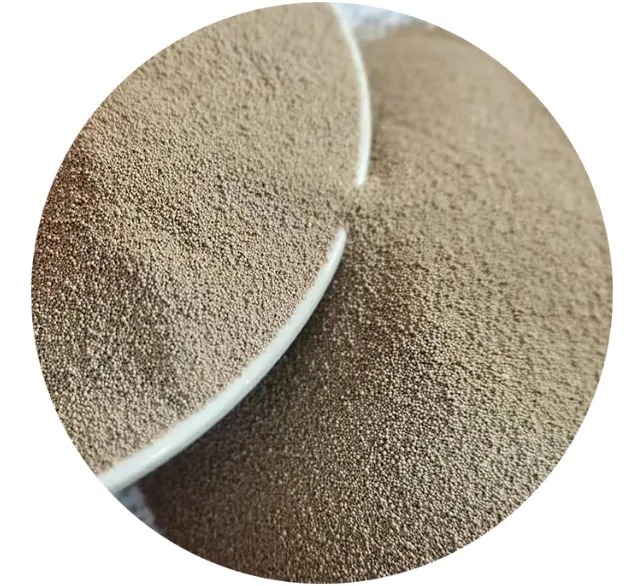

Trustworthiness in the context of sand casting can be attributed to its adaptability in using a wide range of metals and alloys, including iron, steel, aluminum, and bronze. This flexibility allows manufacturers to tailor the material properties to specific applications, such as corrosion resistance or thermal stability. The process is trusted for its ability to cast both ferrous and non-ferrous metals without significant modifications, providing a reliable solution for diverse industrial needs. Real-world experience shows that the choice between die and sand casting often boils down to the requirements of the project. For instance, if a project involves producing a large number of uniformly precise components in a short time frame, die casting would be the recommended approach. However, for prototyping or small batches where the cost of creating dies is prohibitive, sand casting proves advantageous. Finally, evaluating casting choices from an economic standpoint, die casting carries a higher initial investment cost due to the expense of manufacturing steel dies. However, it offsets this with lower operational costs over large production runs. In contrast, sand casting has lower upfront costs, making it suitable for projects where frequent design changes are anticipated or when dealing with smaller production scales. In conclusion, both die casting and sand casting offer unique advantages and pose certain limitations. The decision should be driven by the specific needs of the project, considering factors such as volume, material, cost, and desired surface finish. By understanding these intricacies, manufacturers can make informed decisions that align with their production goals, optimizing both performance and cost efficiency in their operations. Post time:មករា . 14, 2025 10:31
Next:Ceramcast sand ball shape for sand casting
